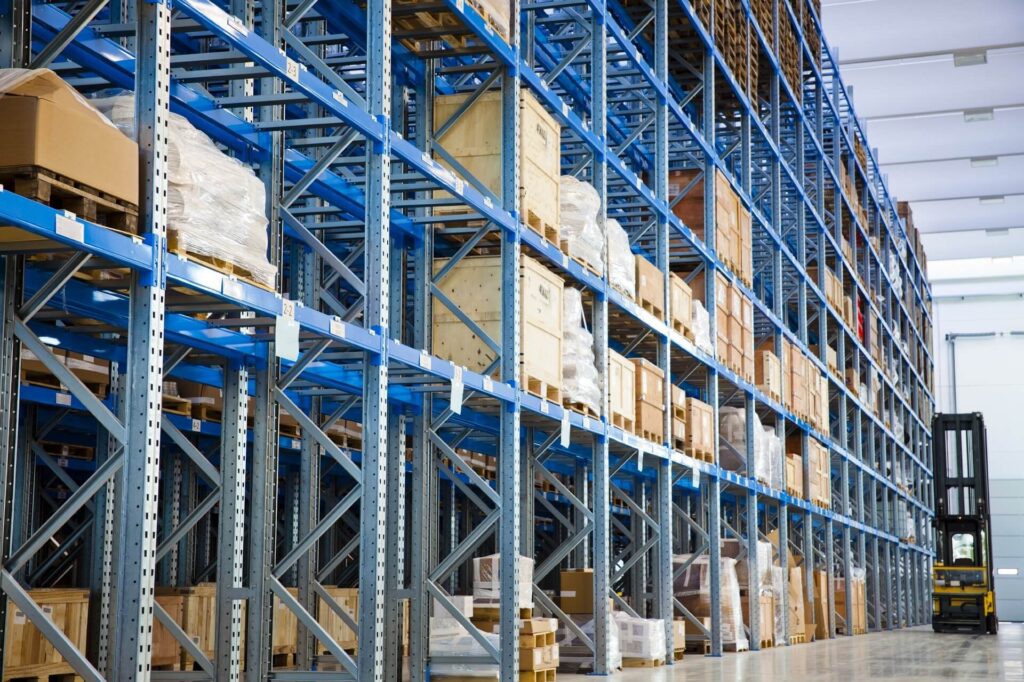
Describe Lean Six Sigma Implementation in Warehousing

Warehousing is defined as the business sector that tackles the activities and the actions of storing goods you bought from a manufacturer or another organization before you ship them to another location. It’s self-explanatory, and if you can’t still wrap your head around it, it’s basically just like being the middleman in a transaction.
You store goods that have been purchased from Manufacturer A and from Manufacturer B. There were companies and businesses that purchased all content from Manufacturers A & B – you ship it to them.
Space For Storage
The Warehousing business is nothing more than the space for storage for items, equipment, and machinery before they get shipped to another location to fulfill the order of a certain buyer (which can be an individual or a business).
As easy and as simple as it can be, warehousing isn’t actually a simple industry or sector. As a matter of fact, it’s a complicated sector because you’re one of the entities to be blamed if a product is delivered with:
- A physical defect (dents, scratches, damages, etc.)
- Incomplete items
- Incorrect items
- And many more
All of these problems are the reasons why many businesses and organizations involved in warehousing consider Lean Six Sigma as the answer to what they need. Can implementing Lean Six Sigma be effective in the Warehousing industry? Is it only recommended to businesses and organizations in the manufacturing industry?
Before we talk about Warehousing improvements and developments further, it is imperative for us to know and to be aware of the different types and kinds of Warehousing – they are as follows:
Public Warehouses
These are the warehousing facilities owned by the government or another body or agency of the government. They operate as a hub that can be rented by private firms and institutions as space where they can store and keep goods.
Private Warehouses
A private warehouse is a facility in which they’re all owned by a specific business or an organization and what’s stored would be their own equipment and their own products.
Co-Operative (Co-Op) Warehouses
From its term, this type of warehouse is not owned by just a single entity – it’s owned by a cooperative or a group of private firms and consortiums and they rent it for storage space where they can keep and store their goods.
Based on an agreement, the spaces would be allocated specifically for each business or organization; this is to avoid any type of problem or inconsistency.
Distribution Centers
These are the entities that receive goods shipment and they move and transfer these goods from one point to another. More often than not, they have a route in place – they would be taking and transferring it from Point A to Point B.
Lean Six Sigma Implementation in Warehousing
As most of us are aware, Lean Six Sigma is a problem-solving methodology that aims to help businesses and organizations in terms of developing and improving business processes and procedures. Therefore, Lean Six Sigma Implementation in Warehousing can be treated as a way to develop and improve it holistically.
Implementing Lean Six Sigma in Warehousing can be seen in many different ways, some of which include:
Improved Processes in Transporting Goods
Since Warehousing also involves the transportation of goods from one point to another, it can be fully enhanced and improved via Lean Six Sigma and what it’ll do is it will secure the transportation process, getting rid of all the transportation and motion wastes, while making sure that the defects and the errors are kept to the minimum.
Reduced Costs in Operations
When a Warehousing company or organization finds that their operations are too costly, they can utilize Lean Six Sigma to reduce or decrease the costs and the expenses involved. It can be taken from a ton of different factors such as the mobility of items, storage space, salary of staff members, etc.
Better Way of Storing Items
Most Warehousing facilities store goods and other items randomly – they don’t give the storing activity too much thought. What they miss out is that it can be one of the many reasons why there are defects and malfunctions in your warehousing processes.
Implementing Lean Six Sigma in Warehousing can improve the way and the processes of how items and equipment are stored.
Allocating the Right Staff Members
There aren’t a lot of people in a warehousing facility because most of the responsibility would be in the delivery and the receiving of items and products. But, emergency situations may arise – and if you have insufficient people or staff members to address that particular error or mishap, it can lead to a string of negativities.
Lean Six Sigma is a methodology used by businesses and organizations to help out in the involvement and engagement of most, if not all working professionals in the industry. It can help and aid in the allocation of the right amount and skill of staff members and employees.
Increased and Developed Security
Securing the warehouse is one of the few most important things that people miss out on. Security isn’t just about theft – it can also be other instances and situations which may include:
- Fire and other occurrences
- Frauds and scams
- Damage to the items and the equipment
- And many more
If you were to Describe Lean Six Sigma Implementation in Warehousing, would you believe that it would be a great relief to most warehousing facilities? Do you think that Lean Six Sigma is a good way on how to change and modify the Warehousing industry for the better?
Should you feel the need to work with the best, you can bank and count on us here at Lean Six Sigma Curriculum Experts. We are the company that has proven the effectiveness of Lean Six Sigma in all types of businesses and industries. Not only that, but we’re also adept and skilled in helping our clients out in implementing or integrating the discipline into their processes and systems.
Through the help and guidance of our highly educated, skilled, and adept working professionals, experts, and consultants, you will absolutely learn and figure out the true value that Lean Six Sigma has in business procedures and processes.


